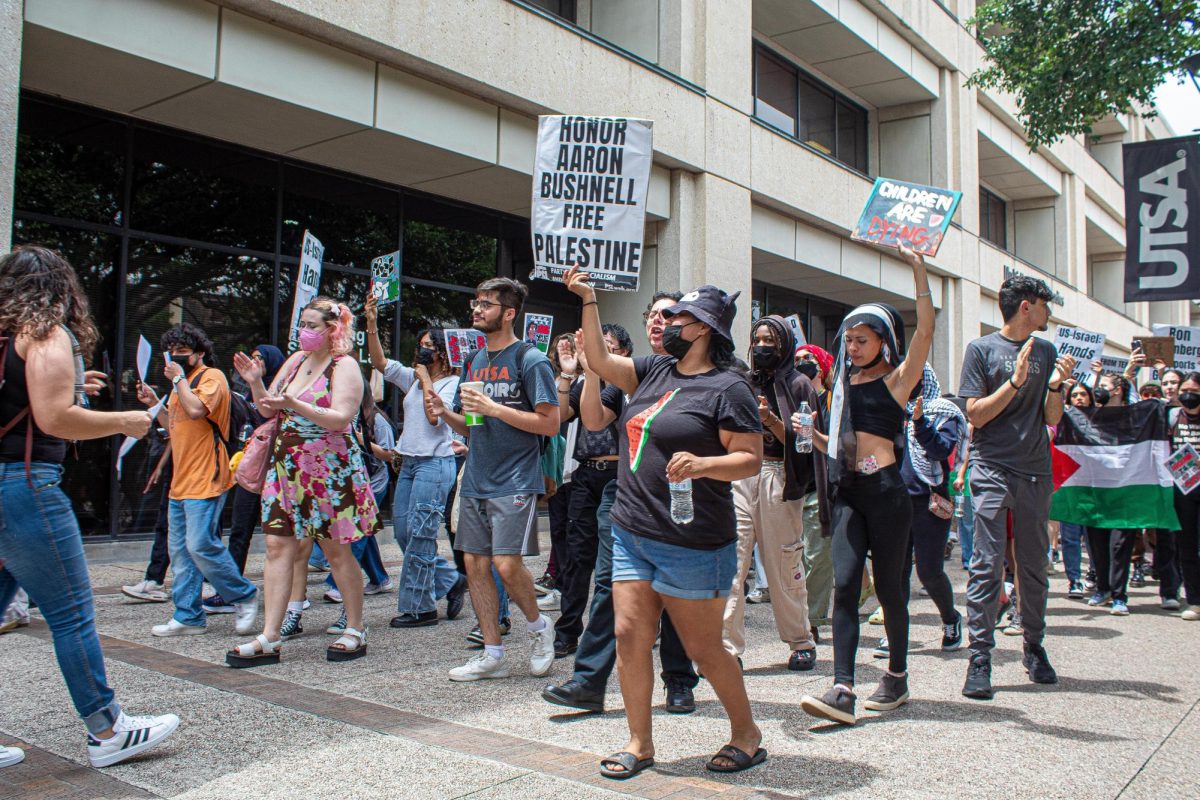The Fifth San Antonio Conference on Stem Cell Research & Regenerative Medicine took place Feb. 7 and 8 at the Wyndham Garden Riverwalk Hotel. RegenMed SA, an organization promoting stem cell research between institutions and individuals, hosted the conference.
UTSA biology professor John McCarrey, Kleberg Distinguished University Chair in Cellular & Molecular Biology and Director of San Antonio Cellular Therapeutics Institute, founded RegenMed SA.
“RegenMed SA grew out of an initial effort coordinated by BioMed SA to catalogue biomedical assets and expertise on various medically relevant topics within San Antonio,” McCarrey said. “RegenMed SA represents entities at all levels – from basic stem cell biology to tissue engineering to regenerative medicine in the clinic to manufacturing of products relevant to these areas by local biotechnology firms. The primary objective of RegenMed SA is to serve as a conduit to bring together scientists from all parts of San Antonio who are interested in these topics.”
The conference had presentations on: how stem cells can regrow tissue for burn victims, target tumors, be used as a treatment for Parkinson’s disease and can be used to understand how bipolar disorder happens from the makeup of the cell. Stem cells provide new research that can be used in bone marrow transplants to replace cells that were lost during chemotherapy.
“[This conference featured] updates of ongoing research related to stem cells and regenerative medicine taking place at local universities, medical schools, research institutes, military medical installations and biotechnology companies,” McCarrey said.
The conference gathered 150 cell researchers from across the country and they will all have discussions on the many different uses for stem cells. They focused on the science behind stem cells and how stem cell research can be used in health technology. People from all across San Antonio including BioBridge Global, Texas Biomedical Research Institute and UT Health San Antonio attended. The conference was a success and McCarrey explained more about their goal.
“[The goal was] to bring together investigators working in San Antonio who are interested in stem cell research, tissue engineering, regenerative medicine and related biotechnology applications,” McCarrey said. “This topic holds great promise for new approaches to otherwise incurable diseases. These new approaches will involve cell-based therapies designed to restore normal physiological function in tissues or organs in which the patient’s normal functions have failed.”
Stem cell research can be very useful to pharmacies because they can test drugs on stem cells instead of endangering human subjects. Stem cells can also be used in organ transplantation by researching how cells enable the body to accept foreign substances such as tissue.
“Stem cells can be used to model any cell type in the body to facilitate studies of cells in petri dishes that can be used to a) better understand the molecular etiology of diseases, b) improve ways to diagnose specific disease states, c) test the efficacy and safety of drugs that might be used to mitigate each disease and d) discover approaches to prevent specific diseases,” McCarrey said.
UTSA has also helped enable more research since they have integrative biomedicine as one of their five research areas. The university has formed the Center for Innovation and Drug Discovery, the Institute for Health Disparities Research, the San Antonio Cellular Therapeutics Institute, the South Texas Center for Emerging Infectious Diseases, and the UTSA Neuroscience Institute to support must of the research talked about at this conference.












